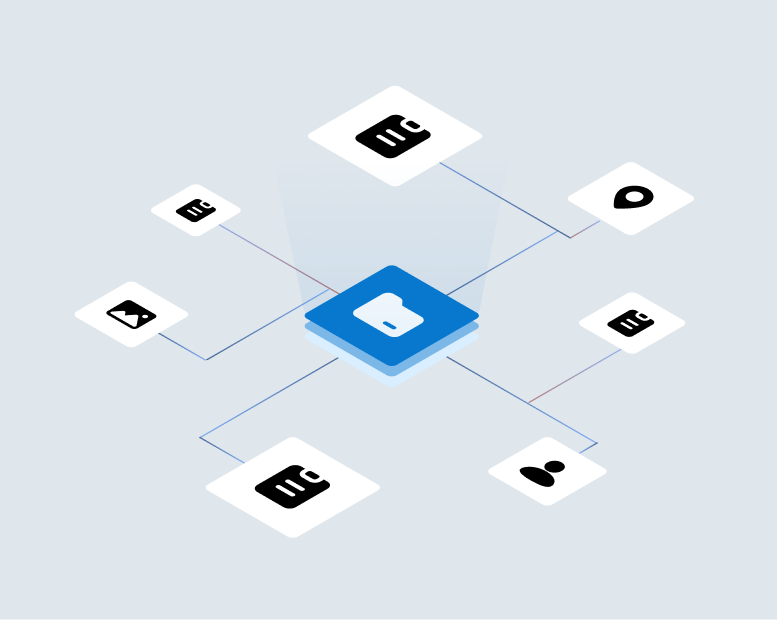The homeowners insurance landscape is witnessing a generational divide. While technology-savvy younger buyers demand data-driven, hyper-personalized experiences, a significant portion of the existing clientele holds a preference for traditional methods of coverage. As this transition unfolds, a successful underwriting strategy necessitates adaptability, catering to the needs of both segments while modernizing established practices.
Historically, age has been a significant factor in homeowners underwriting. For younger policyholders, a willingness to engage virtually and share data from devices like smartphones, network connected home systems, or other sources opens the door to specialized underwriting. Integrating new data points and technology-driven analytics allows for refined risk assessments, offering the potential for more precise coverage and favorable outcomes.
These data-driven approaches provide granular insights into a property’s uniquerisk profile. Real-time alerts of potential issues empower homeowners to address problems immediately, minimizing claim instances. Integrating a willingness to utilize technology fosters a collaborative relationship between insurer and policyholder, resulting in more proactive loss prevention strategies.
While innovative underwriting appeals to a tech-forward demographic, insurers must avoid completely replacing traditional approaches. Many established homeowners appreciate the familiarity of old school interactions and may be less comfortable with ongoing, focused data collection. For this segment, traditional underwriting processes can be augmented with new tools and perspectives. For example, utilizing data analytics to past policy engagements and claims histories can enhance existing frameworks.
Insurance companies must strike a balance – providing digital experiences for eager adopters while modernizing underwriting methods across the board with cutting-edge data tools. In this transitional era, insurers should view personalized solutions as a continuum, not a binary choice.
Ultimately, success lies in tailoring the underwriting process to individual preferences. Some clients might thrive on a fully digital environment with highly customized, data-driven coverage. Others might find comfort in a hybrid model where virtual tools streamline routine tasks, but the option for time tested means on major decisions remains. Transparency and clear communication are crucial for clients across all age groups. Explaining how data is collected, used, and how it improves the underwriting process will build trust. Emphasizing that enhanced underwriting, fueled by new data sources and analytics, leads to greater protection and better-tailored insurance products will resonate within the market.
The homeowners insurance industry is at a unique crossroads. Insurers who navigate this transition—balancing innovative practices for a new generation, evolving traditional models, and respecting the needs of all clienteles—are poised for enduring success. It’s about recognizing the changing dynamics of
the market and crafting a flexible, inclusive strategy that serves everyone.


